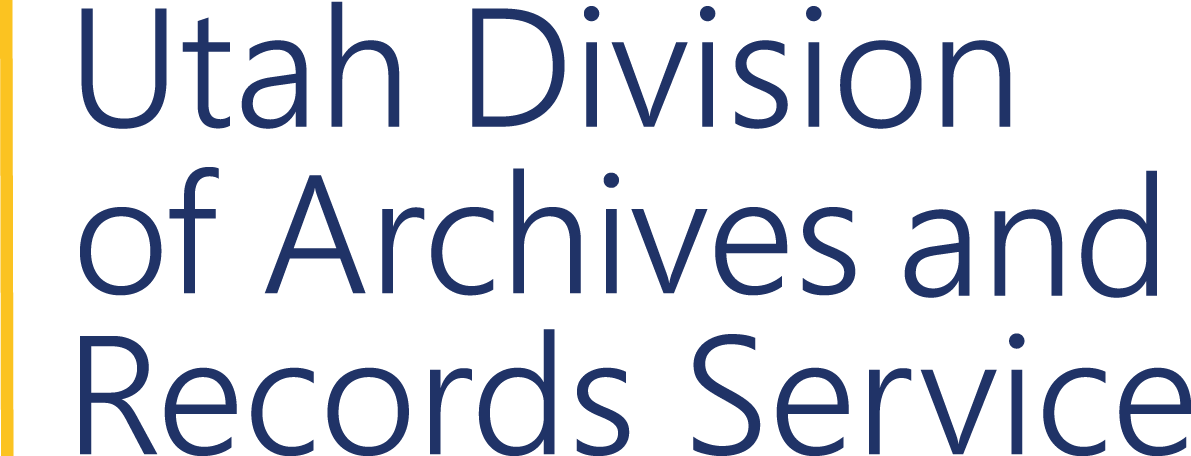Envisioning The Central Utah Project
Citation: Utah State Archives and Records Service, Office of the State Engineer, Colorado River project records, Series 13912, Box 14 Folder 15.
Due to circumstances of geology and demographics, the bulk of Utah’s population lives on the eastern edge of the Great Basin, hundreds of miles (and thousands of feet of elevation) removed from the Colorado River water promised to the state by the Colorado River Compact. In 1946 the first scheme for addressing this disconnect was conceived. Modeled on successes by the Bureau of Reclamation in the early 20th century at Utah’s Strawberry Reservoir and nearby Heber Valley, local planners developed the concept of the Central Utah Project (CUP).
According to its proponents, the CUP would guarantee full use of Utah’s allotted share of the Colorado River by implementing a series of aqueducts, diversion and storage dams, and tunnels that would effectively move water from the eastern Colorado River Basin to other areas of the state, including the growing population centers along the Wasatch Front.
The first attempt to create the CUP came in 1946 when federal legislation was proposed by Utah senator Abe Murdock. This legislation was met with defeat, as it was determined that any attempt at such a massive project in Utah needed to be bound up with larger planning in the Upper Colorado River Basin as a whole. Up to that point, the states of the Upper Basin hadn’t even determined how the Upper Basin allotment would be divided between them. This, in turn, spurred negotiations that would lead to the 1948 Upper Colorado Basin Compact, an agreement that granted Utah 23% of the 7,500,000 acre feet of water apportioned to the Upper Basin by the Colorado River Compact.
In that same year (1948), the Colorado River Storage Project Act (CRSPA) was also proposed. This legislative action proposed a comprehensive plan for developing the Upper Colorado River Basin. However, a variety of delay’s prevented the Congress from authorizing it until 1956. Upon its authorization, the Central Utah Project was born, effectively serving as the largest single participating unit in the CRSPA plan.
NextPage Last Updated September 12, 2022.
